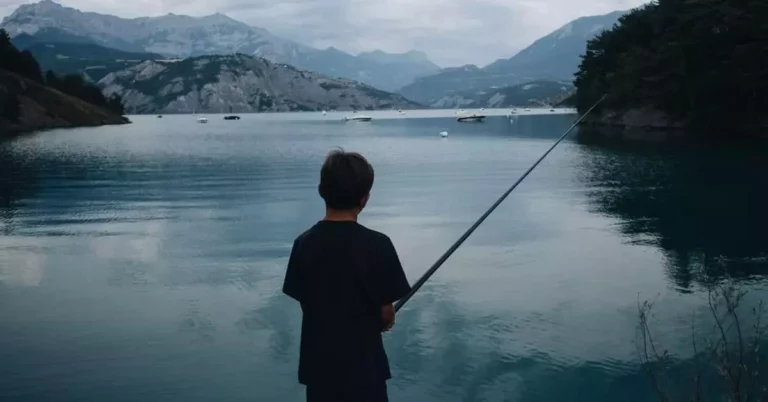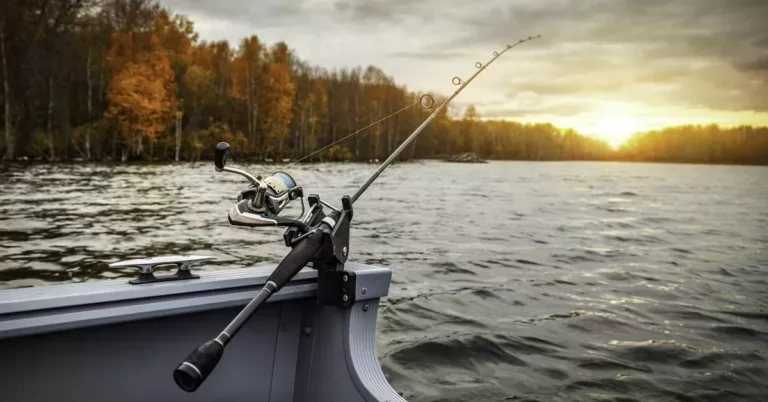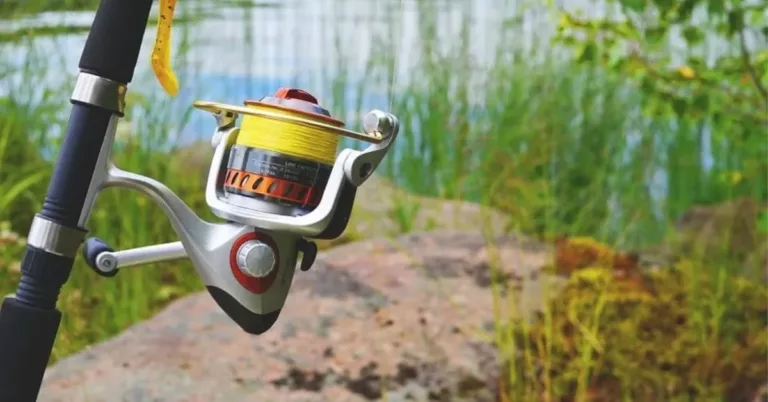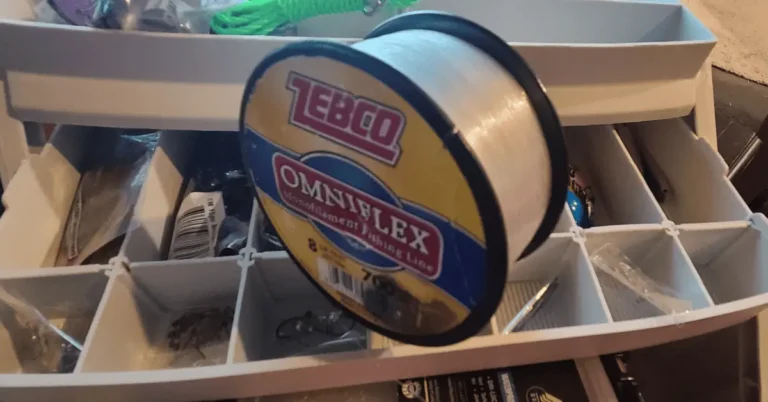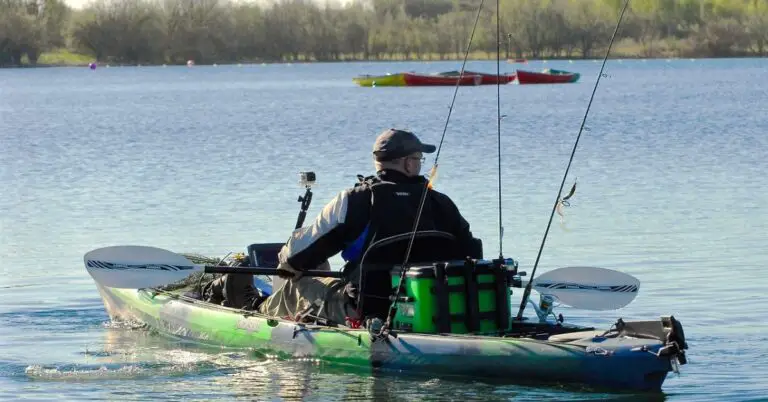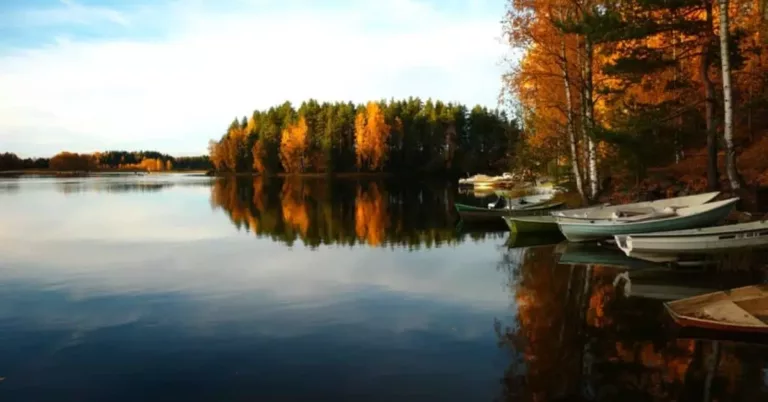Crappie, Not Only Good to Eat, Possibly the Best Tasting Freshwater Fish
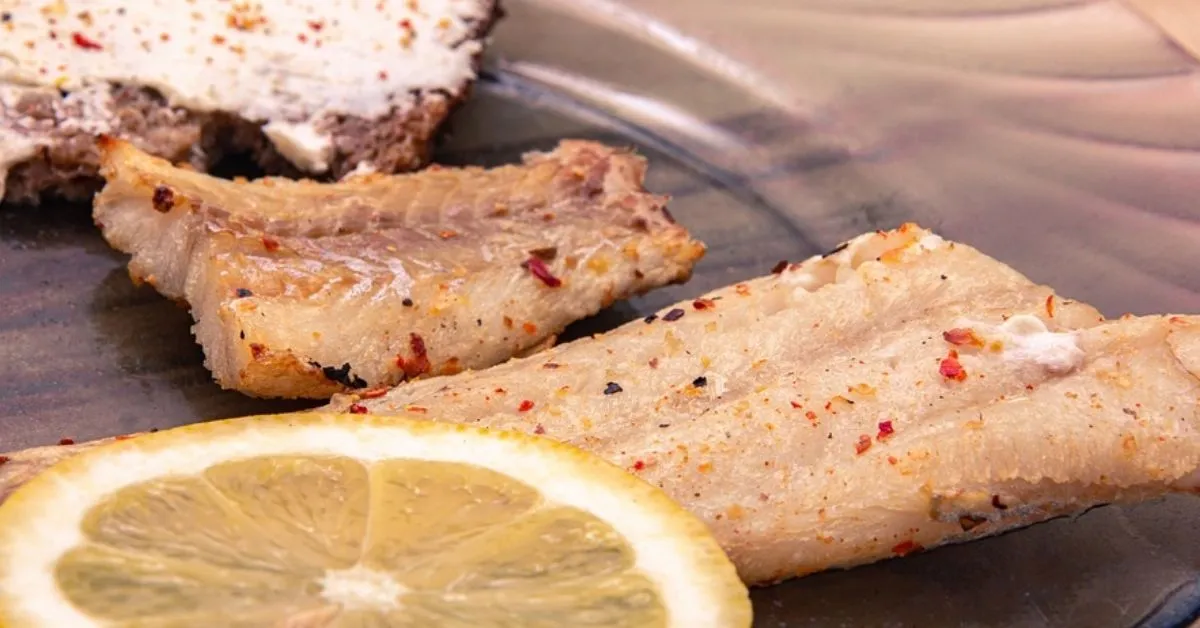
While not the case for all anglers, many choose to eat the fish they catch. If you happen to be among these individuals, and I sure am, then you may be wondering if Crappie, also called Croppie, are good to eat.
The answer is a resounding Yes. Crappie are almost entirely a sweet white meat and provide a taste that is not at all fishy and only slightly less flavorful than bluegill. The consistency is flaky and firm and with a touch of seasoning makes excellent fillets and whole fried fish.
Like many fish there are some tips that can make a huge difference in the final taste of your crappie so read on to find out how to get the best taste possible.
Can I Eat Any Type of Crappie?
Crappie is a highly sought after fish species particularly in the South where Crappie are known for their excellent taste. However, they can be found throughout the United States and even into some other areas of the world.
With regards to the types of Crappie there are two you will most likely encounter and they can be intermixed even within the same body of water.
These are the white and black crappie, while they have different characteristics in regards to thickness and colors among other things both are equally edible.
Both white and black crappie tend to reach comparable weights, however, white crappie tend to be slightly longer. This equates to a slightly thicker main body on the black crappie and possibly a better fillet. Though the fillet size depends more on the diet and size of that particular crappie more than which species it is.
Both white and black crappie are completely safe to eat.
As with any fish make sure to check with your local DNR to ensure the waters are safe to harvest fish for food from.
What Is the Taste and Consistency of Crappie Like?
If you have ever eaten any other freshwater fish with the exception of catfish then crappie is very similar to this. Consisting primarily of a slightly sweet white meat that is firm and flakey many compare it most to bluegill.
However, it is arguable that despite its slightly blander taste than bluegill the larger size of crappie more than makes up for this.
If this is your first time eating your catch then the taste to me is very similar to a white fish fillet you find at your local supermarket.
Crappie tends to be along the same consistency as cod fish and flakes just as easily, however it does not have the fishy taste of cod.
On the other hand some people have complained that crappie can be somewhat mushy. Through personal experience and tips from friends I have discovered that this most often occurs when the fish is not properly prepared to be eaten and with a few simple tips this can be avoided.
Tips That Ensure Your Crappie Catch Remains Fresh for the Best Possible Taste.
When it comes to taste, fresh is always best. I am assuming you are not pulling the crappie out of the lake, cleaning and then cooking it right at that moment. So with that in mind let’s discuss preserving this freshness until you get home.
Ice Your Crappie at the Lake
I have found that heat seems to be the biggest factor in the consistency of your crappie meat. Fish caught in warm and muddy water tend to have somewhat of a softer flesh. So if possible try and target cool clear waters for the best taste.
Just like fish caught in warm water will have a softer meat, keeping your fish in a livewell or a bucket for several hours will lead to this same effect. This is due to the water in your livewell or bucket warming up and then the fish warming along with it.
For the absolute best results if you know you are going to be keeping your crappie to eat, store them on ice immediately. Yea I know you may be thinking that you’re on the lake and where are you going to get ice from. Preparation my friend.
Stopping and grabbing a bag of ice for your cooler will only cost you a few bucks and is well worth it should you catch your dinner. If you don’t catch any then the bag of ice was no more than you probably spent on bait anyway. But hey, we are thinking positive here, so you probably better grab two bags.
Ice Crappie in Your Freezer
If you are cooking up your crappie as soon as you get home then storage is not a major issue. However, if you caught more than you can eat or you plan to enjoy them later there are two main ways you can store the crappie in the freezer. Both of these involve Ice in a manner.
When choosing to store fish in the freezer it is vital for taste that they get encased completely in ice. I know normally there is some air around fish when they’re stored in plastic bags or cellophane. However, while this method can still preserve the fish, some taste characteristics will be lost.
But totally surrounding them in ice is the way to go. You really have two options for this.
The first and most reliable is to place them in a bowl submerged in water and just freeze the entire mixture ensuring the water covers the fish in ice. The other option is to place the fish on wax paper and put them in the freezer for 2 to three hours. Remove them from the freezer, dip them in water and immediately place them bck into the freezer for an hour or so.
This will create an ice coating to protect the fish. You can then wrap them in paper or plastic in the quantities that you choose.
Either of these methods are excellent options for long term storage of your crappie and sure to leave you with a great tasting catch in the future.
In either case, cleaning your fish as quickly as possible and at the least icing them right away are both sure ways for your catch to taste better when it is time to eat.
Methods of Cooking Crappie
Crappie is excellent whether fried whole similar to a catfish or filleted and fried. In addition you can both grill whole fish and fillets for a healthier option.
I prefer to filet and deep fry my crappie. Keep in mind that crappie is a bit bland so add some salt and pepper at a minimum to your batter to help embed some of this flavor in your finished dish.
Probably the most common and preferred method of cooking crappie is using a southern style liquid batter. Combine salt, flour, paprika, cayenne pepper, flour and some beer to create a wet batter and then deep fry this for a flavorful crunch.
Crappie can then be served as part of a fish and chips meal or along with vegetables. Tarter sauce and malt vinegar make great additions as well.
Conclusion
In summary, Crappie tastes great, is safe to eat and easy to prepare. In order to get the best taste and consistency in the meat make sure to ice them as soon as you catch them instead of holding them in water and allowing them to warm up. Doing so makes this one of the best tasting freshwater fish around.

